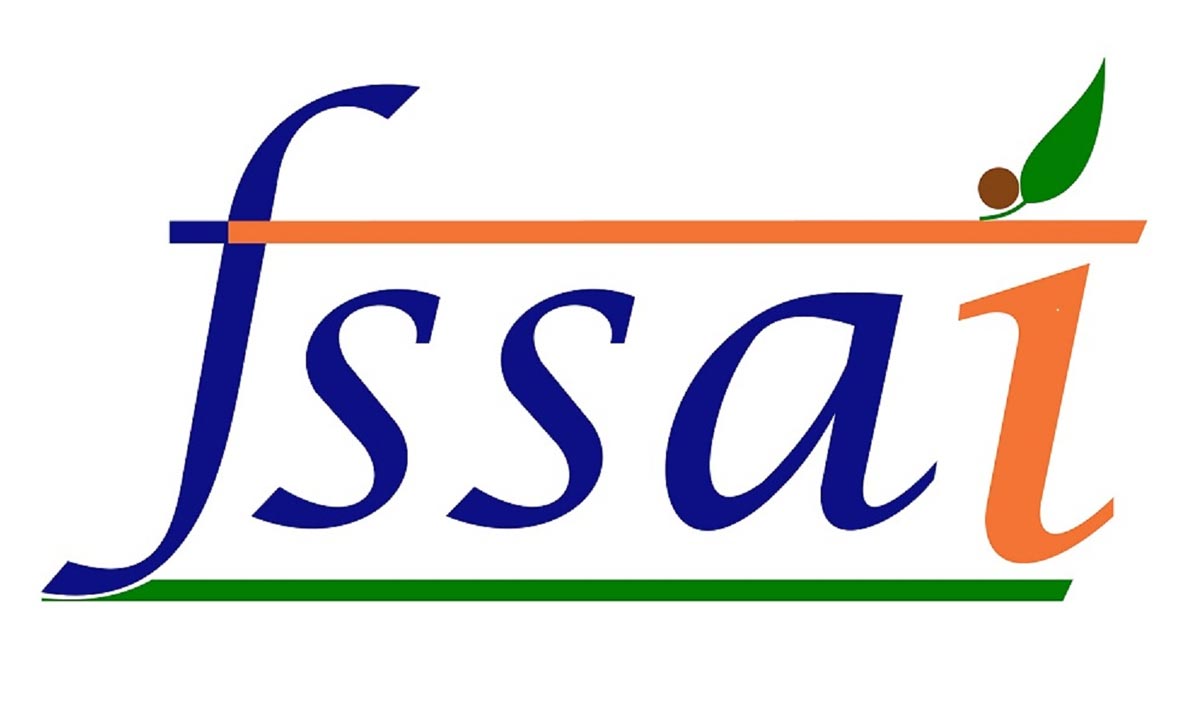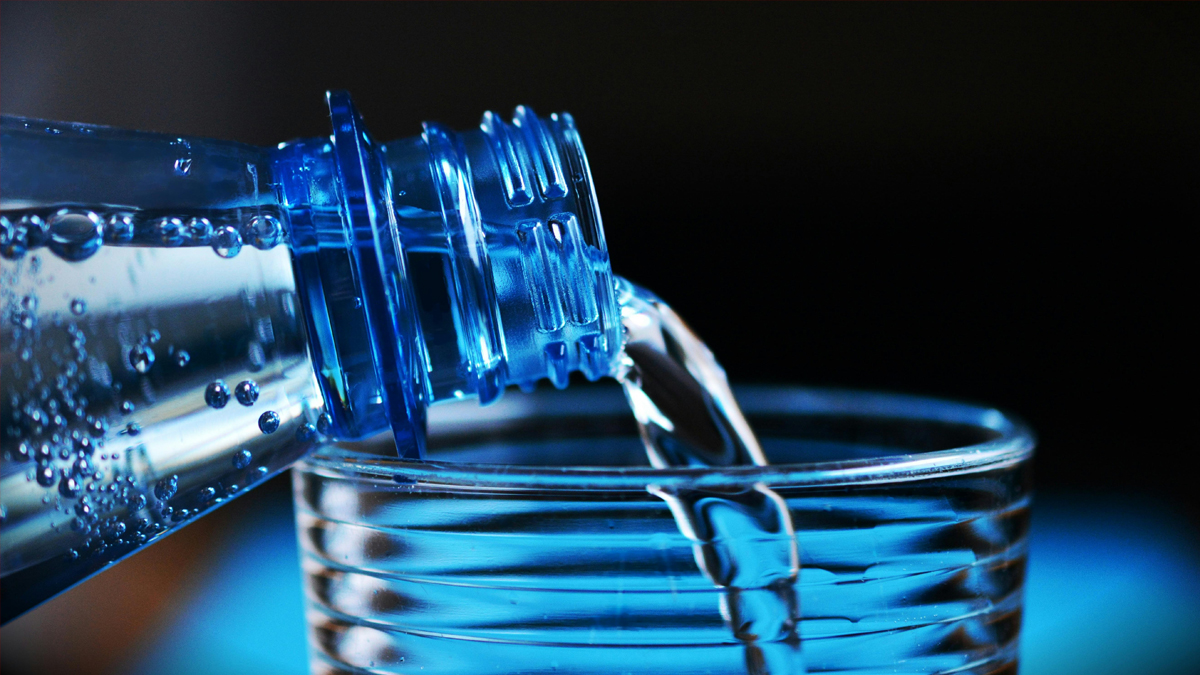India's growing health consciousness and environmental concerns have led to a surge in demand for reliable and safe packaged drinking water.
All posts tagged in Mineral Water
The Food Safety and Standards Authority of India (FSSAI) has introduced a new set of guidelines to regulate the standards of packaged drinking water across India. This move comes in
Have you ever seen grown-ups reaching for a fancy bottle of water instead of the regular one at home? That special water, often with a unique taste, is called mineral
Mineral water has long been touted for its health benefits, a refreshing alternative to tap water boasting a naturally occurring infusion of minerals. But in today’s world of overflowing bottled
Packaged drinking water, a ubiquitous presence in stores and backpacks, has become an essential part of modern life. But beneath its seemingly simple purpose lies a complex story. Let’s delve
Packaged drinking water has become an essential commodity in India due to concerns about water quality and safety. With the rise in health consciousness and growing environmental awareness, the demand











